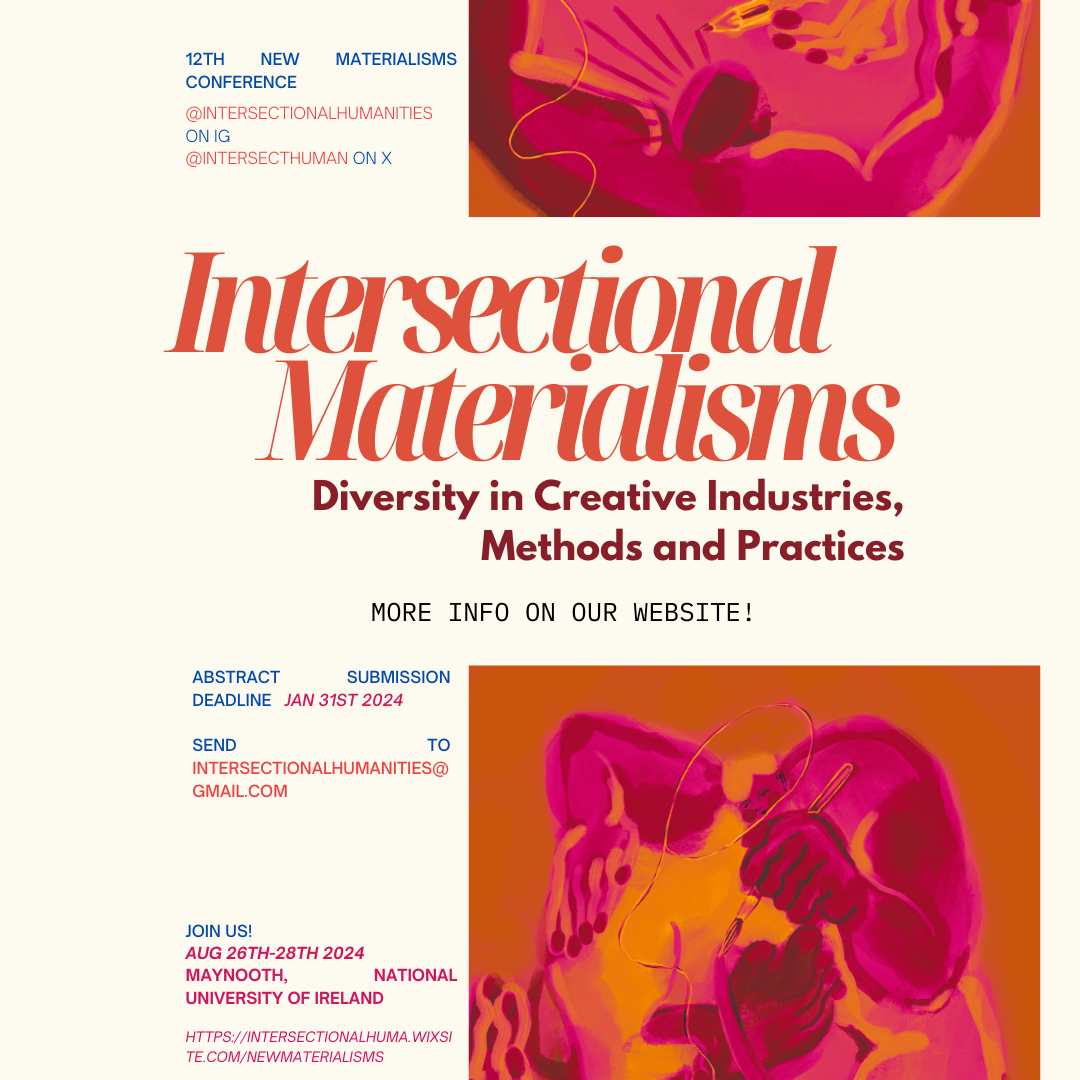-

12th New Materialisms conference at Maynooth University, Ireland
Intersectional Materialisms: Diversity in Creative Industries, Methods and Practices Finally it is here! We are very proud to announce the upcoming 12th New Materialisms conference, […]
-
Ecocene
Dear Readers, Ecocene has just published its latest issue at https://ecocene.kapadokya.edu.tr. We invite you to check out the Table of Contents here and then visit web site […]
-
Resisting Toxic Climates: Gender, Colonialism, and Environment
Wed 26 – Thu 27 Jul 2023, 09:00 – 17:30 British Academy/Wellcome Trust Conferences bring together scholars and specialists from around the world to explore themes […]